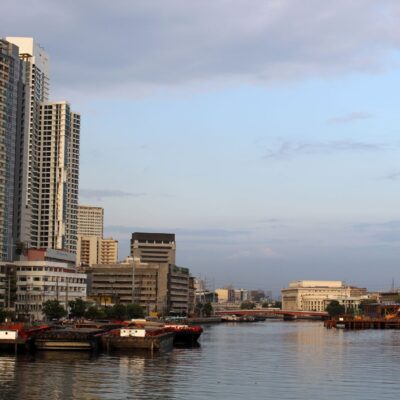About USAID’s Urban Work
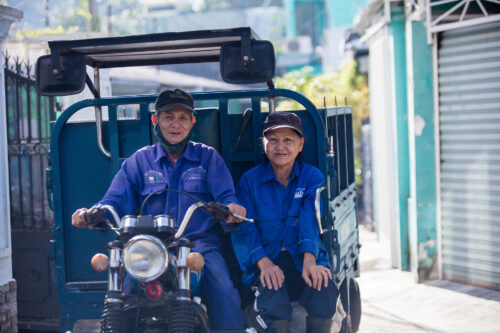
URBANIZATION: CHALLENGES AND OPPORTUNITIES
Ensuring sustainable and equitable urbanization in the developing world is an urgent priority. Cities are already home to more than half of the world’s population, and the proportion is expected to rise to two-thirds by 2050. Well-managed cities can serve as powerful engines of economic opportunity, innovation, and progress. Conversely, poorly managed and chaotic urban development can undermine economic growth, and threaten security through increased crime, violence, and extremism. Rapid urbanization also affects multiple global crises including climate change, biodiversity loss, pandemics, pollution, and food and water security.
The fast growth in population and size of cities is often greater than the ability of national and local governments to plan for, build, and manage the accompanying changes. Currently, over one billion people live in slums, densely packed informal urban settlements with limited access to safe housing, stable employment opportunities, basic services (such as electricity, sanitation, and drinking water), transport, technology, healthcare, and education. On top of this lack of access to services and resources, people living in slums typically experience high exposure to pollution, natural hazards, and climate-related disasters.
Local governments are also powerful vehicles for democracy to deliver a better quality of life to all people. They are typically the least capacitated in both human and financial resources, but have tremendous responsibility as service providers, first responders in a crisis, and the most immediate representatives of the people.
- While Asia is home to over two-thirds of the world’s slum dwellers, Sub-Saharan Africa is growing faster than any other region in the world and over 60 percent of Africa’s urban residents live in slums.
- Although cities are engines of economic growth and the urban-rural wage gap is generally high, the urban poor do not reap these benefits of urbanization. Cities are more expensive than rural areas, and the urban poor can pay up to half of their incomes on food, resulting in food insecurity and malnutrition.
- The urban poor largely have low-income and unstable jobs in the informal sector; in African cities over 80% of jobs are in the informal sector with no social benefits.
- Urban residents generate 80 percent of global GDP, but they also consume more than 75% of the world’s natural resources, produce over 50 percent of solid waste, and emit up to 60 percent of greenhouse gases.
- Only half the world’s urban population has access to public transportation, increasing time burdens, cost, and exposure to toxic air pollution for the poorest, and limiting access to economic opportunity, especially for women.
- Cities, especially the urban poor, are at the center of a growing health and climate crisis caused by air pollution, which is the largest environmental health risk in the world; more than six million people die annually from air pollution-related causes, more than HIV/AIDS, malaria, and tuberculosis combined.
- Each year, 11 million metric tons of plastic waste leaks into the ocean, most from rapidly growing cities and towns along rivers and coastal areas in the developing world where waste management systems, infrastructure, and governments struggle to keep pace with growing populations and increasing amounts of waste.
OUR APPROACH
Sustainable and inclusive urbanization can play a key role in addressing multiple USAID priorities, from economic growth and gender equality, to combating climate change, biodiversity loss, and air and water pollution. The growth of cities provides an opportunity for USAID to help direct the benefits of urbanization to address intersecting urgent challenges. USAID’s urban work cuts across sectors, from governance and economic growth to energy, heath, and water. A cross-cutting principle is ensuring that all residents of cities can shape urban development and benefit from growth.
Across our urban work, USAID partners with the public and private sectors, non-governmental organizations, and civil society to strengthen the ability of local communities and local governments to take action – in cities, peri-urban areas, and across urban-rural systems, including international, regional, national, and municipal levels.
The Agency’s Green Cities Division employs a local systems and community-centered approach that cuts across sectors and development issues to improve local and planetary well-being. With a variety of backgrounds and expertise, the Green Cities team helps developing countries and cities tackle development and environment challenges like pollution, waste, and climate change, while enabling growth and prosperity for all people – especially the most marginalized populations, like the urban poor. We work with USAID missions to identify where issues of urbanization are among the root causes for community, national, and global development challenges, and we collaborate with other donors, national, state, and municipal governments, private sector partners, academic institutions, and civil society organizations around the world to address these challenges.
The Green Cities Division currently has programs addressing ocean plastic pollution, air pollution, and climate change. In addition, the team provides thought leadership on urban and environmental issues and is an agency-wide resource for urban programming and design support to USAID Missions and other Operating Units. The Green Cities Division is part of a constellation of urban leadership within USAID, including the Democracy, Rights and Governance Center, the Asia Bureau and other regional bureaus, and the Bureau for Humanitarian Assistance. Read and download the Green Cities overview for more information.
GREEN CITIES PODCAST SERIES
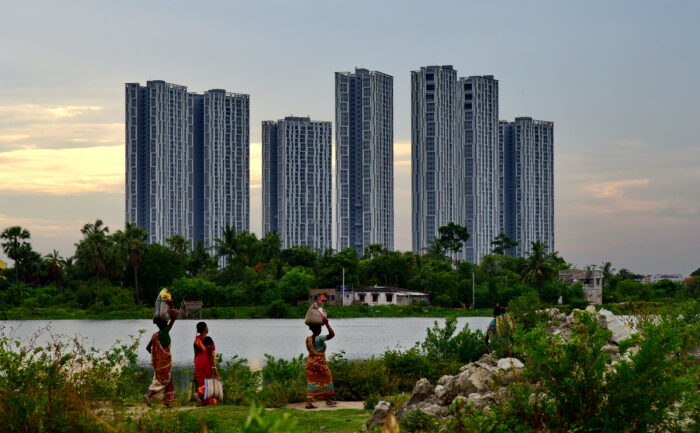
In this three-part podcast series, we explore the role sustainable and inclusive urbanization can play in addressing multiple USAID priorities like air quality, water resources, ocean plastics, gender equality, climate change, urban resilience, biodiversity, and economic growth.
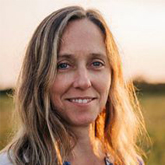
Anne Guerry, Natural Capital Project
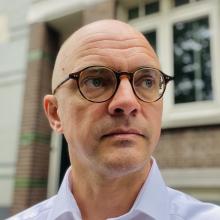
Rogier Van Den Berg, World Resources Institute

Joanna Lovecchio, Columbia University
CONTACT
Contact USAID’s Green Cities team at greencities@usaid.gov.
Sign up for the UrbanLinks & Ocean Plastics newsletters
Subscribe